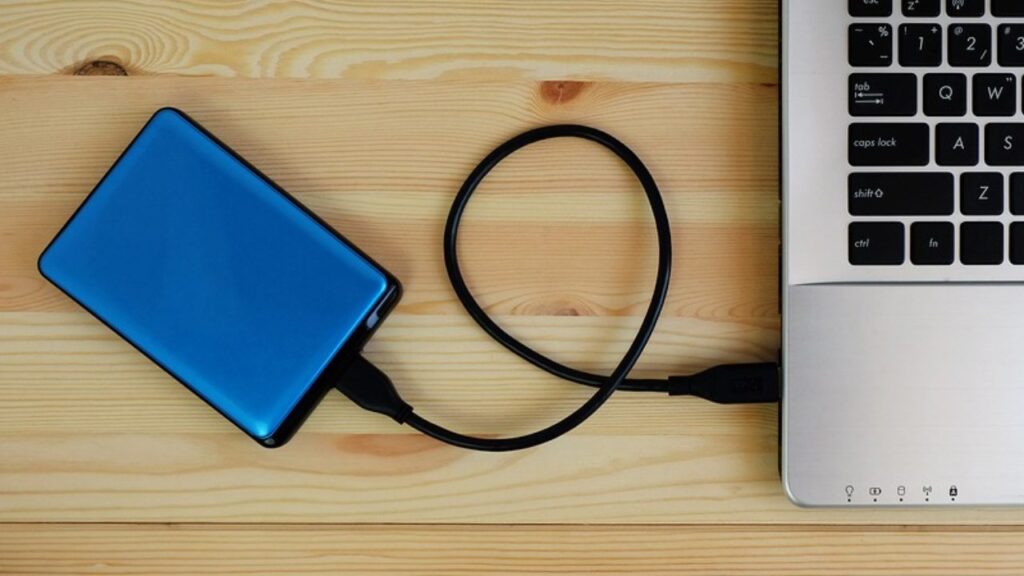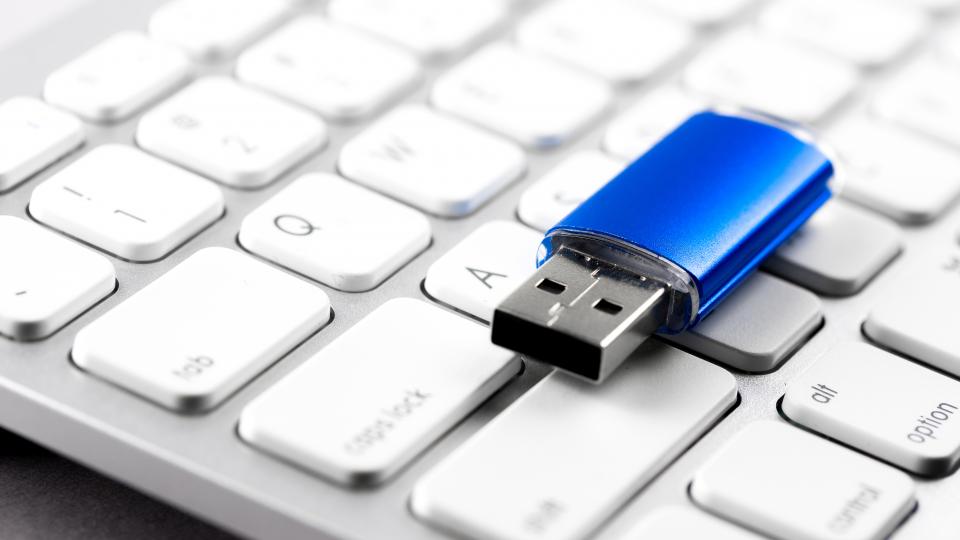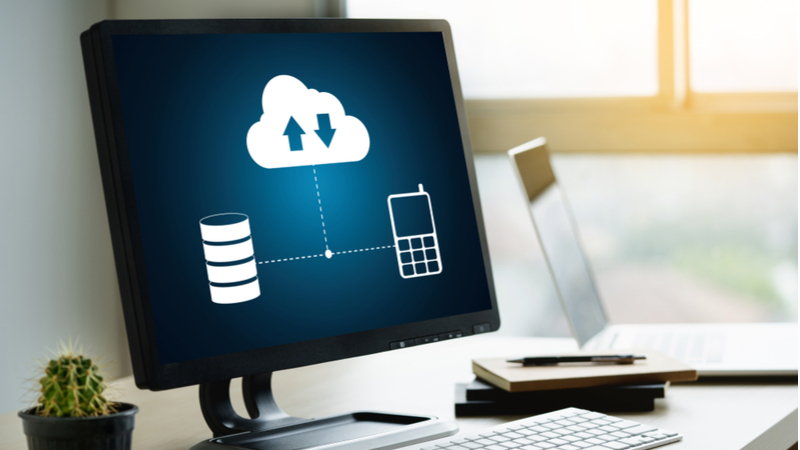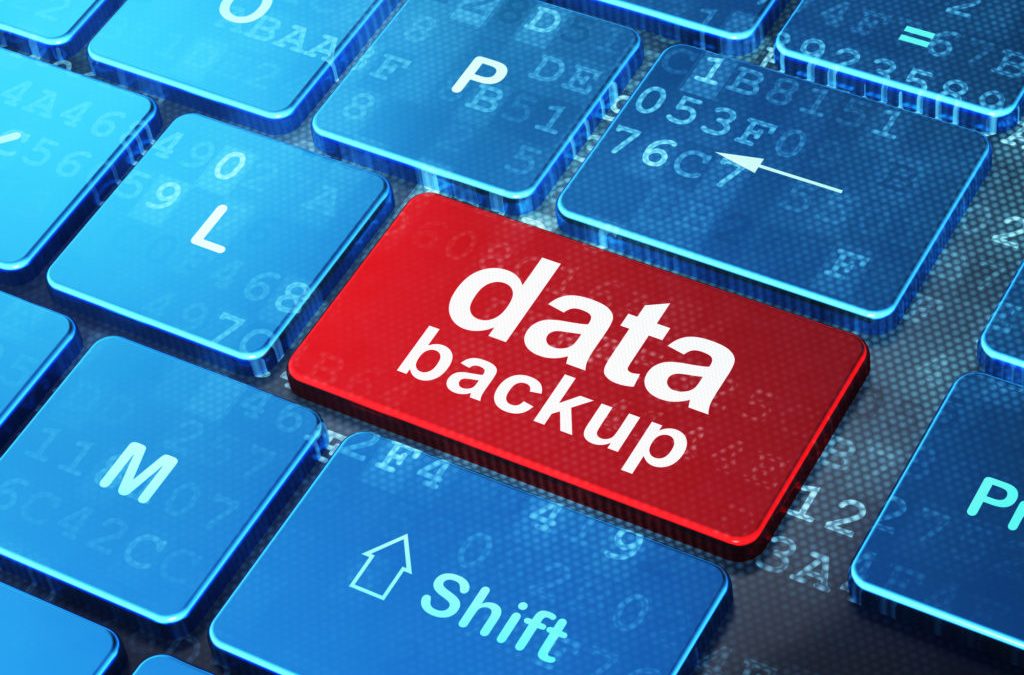One of the first lessons at the “computer class” centered on the importance of backup. Today, on the devices that we usually use the most, we leave a large part of our life. Documents, photos, or messages that used to be in the drawer are now on our computer. Backup is the ideal way to never lose them.
Why is it important to make a backup regularly? As we said, backup is the best way not to lose all the documents that we have stored on our computer over time. Data that we often use and that we need in daily life and therefore must be safeguarded. For this reason, making a backup every now and then is not enough. The best choice is to organize one at regular intervals. Or always do one after the capture of particularly important documents, photos, or videos. Relying on a single backup method is not recommended. Let us see what the best methods are to follow to keep our data safe and always present.
First choice: an external hard drive

As a first option for safeguarding your digital life, you might think about using an external hard drive. This is a convenient solution since many hard drives can now be transported and therefore it should not be a burden to use them both at home and in the office. If you then use a fixed one you might think of taking even larger ones with greater storage capacity and making them “sit” on the desk. Moving data to these hard drives is quite simple. Usually, they are connected via USB to the computer and once synchronized, a process that in many devices is automatic, it will be possible to drag our data from the PC to the hard disk. A good solution also against theft or damage.
External hard drives have one of the disadvantages that they can fail. While we are transporting them or for various reasons one day they may no longer work. It should be remembered that in most devices the data is recoverable even if the drive is damaged. In addition, the most recent ones have an extremely high average duration and will hardly create problems in file storage. Which ones to buy? This depends on your uses. If you need to store photos and documents, 500GB or 1TB ones may suffice.
In case you need an external hard drive that is fast enough, the choice can only be an SSD. In addition to ensuring high longevity, they allow you to secure your data and not lose it for at least four or five years. The cost for a 256GB hard drive is slightly higher than that of a solid-state hard drive, but the difference will pay off.
Second choice: the USB stick

As a second option, you might think of an even more convenient method to carry: the USB Stick Backup drive. Often a little larger than chewing gum and have the most varied shapes. As a system, it is remarkably like that of the hard disk except that in this case the data is saved with the flash memory. That is a type of solid-state and non-volatile memory. Translated it does not need electricity to keep information stored. They are quite easy to use, once connected just drag or copy and paste the documents. Among the possible disadvantages is the ease of damaging them. Given their small size it is quite easy to ruin them. In addition, they are not very suitable for those who need a lot of space, being small, their storage capacity is reduced. But they cost less than a hard drive. They are ideal for those who have few documents or for those who carry them and then delete them. It is no coincidence that they are widely used by students.
Third choice: cloud storage services

Say goodbye to small or medium-sized storage devices. Your data goes into the “cloud”. That is, your files will find space in a server data center. There are several companies that offer this space on the net. Often, the same companies that produced our smartphone or our computer offer this service by default on our device. Using it is easy, just be connected to the Internet and log into our personal account. Here we can decide to upload, move, and delete files. The size depends on the service we choose but they generally offer a lot of storage space, it all depends on the type of subscription you want to pay. The main problem, however, is a hacker’s breach of your data. There are several cases of famous people who have suffered a violation of privacy with personal photos and videos ended up on social networks. Another disadvantage could be the closure of the service you use. It happened to smaller companies. The price is not a big problem, usually many services with more than abundant space are free or with monthly fees that can vary depending on the space required.
A more advanced backup system

All the methods seen so far are remarkably effective and will allow your documents to have a long life. However, in some cases, based on your requests, a more advanced backup system will be needed than those listed so far. In this case, a great solution is a network-attached storage, also known simply as NAS. It is a network device used for saving and sharing files between the various nodes of a LAN. This allows multiple users to share documents, folders, videos, etc. It will be a bit like having your own cloud. It is still quite an expensive storage system, and in general, it is not recommended for everyone. Some specific knowledge is also needed to use it to the fullest. But if your work requires a lot of space and the possibility of sharing this is one of the first options to consider.








